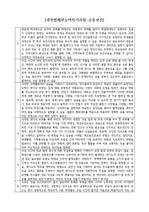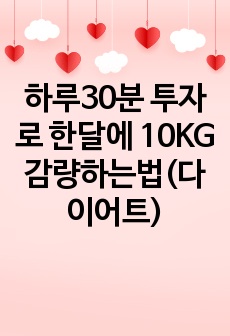한국판 반추적 반응 척도(K-RRS)의 확인적 요인분석
* 본 문서는 배포용으로 복사 및 편집이 불가합니다.
서지정보
ㆍ발행기관 : 한국인지행동치료학회
ㆍ수록지정보 : 인지행동치료 / 13권 / 1호
ㆍ저자명 : 김소정, 권정혜, 양은주, 김지혜, 유범희, 이동수
ㆍ저자명 : 김소정, 권정혜, 양은주, 김지혜, 유범희, 이동수
목차
방 법결 과
논 의
참고문헌
한국어 초록
반추는 우울의 핵심적인 인지처리 과정으로 일컬어져 왔으며, 우울증의 발병과 유지 및 재발의 위험인자로서 알려져 있다. Nolen-Hoeksema과 Morrow(1991)가 개발한 반추적 반응 척도(Ruminative Response Scale, RRS)는
반추적 반응을 측정하는 가장 널리 쓰이는 도구로서 신뢰도와 타당도가 우수한 것으로 밝혀졌다. 본 연구
에서는 한국판 반추적 반응 척도(K-RRS)를 정신과에 내원한 991명의 우울장애 환자군에 시행하였으며, 선
행연구들에서 도출된 탐색적 요인 분석 모형들을 적용하여 한국의 우울집단에 가장 잘 부합하는 요인 모
형을 찾아내고자 하였다. 확인적 요인분석을 통한 모형 비교 결과, 김소정 등(2010)이 대학생들을 대상으로
얻은 3요인 모형의 전반적인 모형 합치도가 가장 우수한 것으로 나타났다. 이에 K-RRS가 자책과 숙고, 우
울반추의 3요인으로 가장 잘 설명되며, 이 같은 3요인 구조가 비임상 일반집단뿐만 아니라 우울장애 환자
군에도 동일하게 적용된다는 사실을 확인하였다. 또한 척도의 신뢰도와 타당도를 살펴본 결과, K-RRS 문항
전체와 하위 요인들에서 적절한 내적 합치도를 나타내었으며, 부정적인 사고 내용과 우울, 불안과 관련하
여 정적인 상관을 보인 반면 긍정적인 사고 내용과는 부적인 상관을 보이고 있어 구성 타당도도 적합한
것으로 밝혀졌다. 이에 K-RRS가 안정적인 구성 개념들로 이루어진 신뢰로운 척도로서 우울의 인지적 요소
에 대한 연구에 활용도가 높을 것으로 사료된다.
영어 초록
Rumination has been considered as a cardinal cognitive process of depression which roles as a risk factorfor the onset, maintenance and recurrence of depressive symptoms. Ruminative Response Scale(RRS) is the
most widely known measurement of ruminative responses. RRS has shown good reliability and validity in
various studies, though factor structure of RRS has been inconsistent throughout precedent studies. In the
present study, K-RRS was administered to 991 clinically depressive patients(678 with major depressive
disorder, 227 with depressive disorder not otherwise specified, and 86 with dysthymic disorder). Four
competitive models which were drawn from precedent studies were adopted to find the best model of
K-RRS for depressive patients. We found that Kim et al.(2010)'s 3 factor model based on exploratory
factor analysis of 360 korean undergraduates was the best fitting model for the korean depressive sample.
We found that K-RRS is best explained by the hierarchical 3 factor model which holds rumination as a
superior factor, and reflection, self-reproach and depressive rumination as primary factors.


















